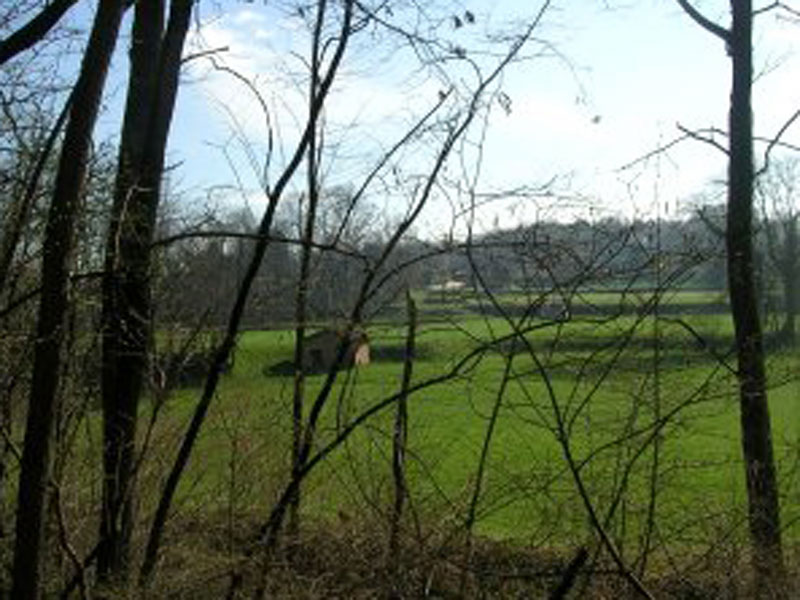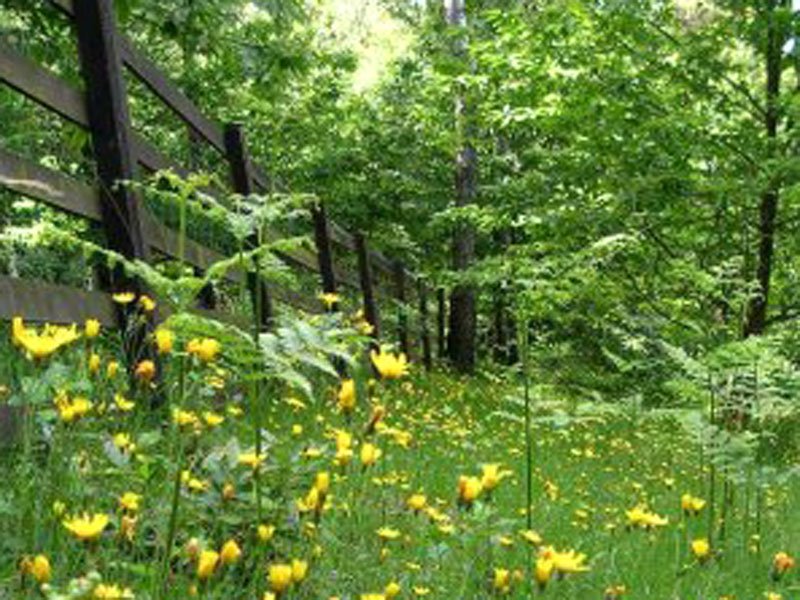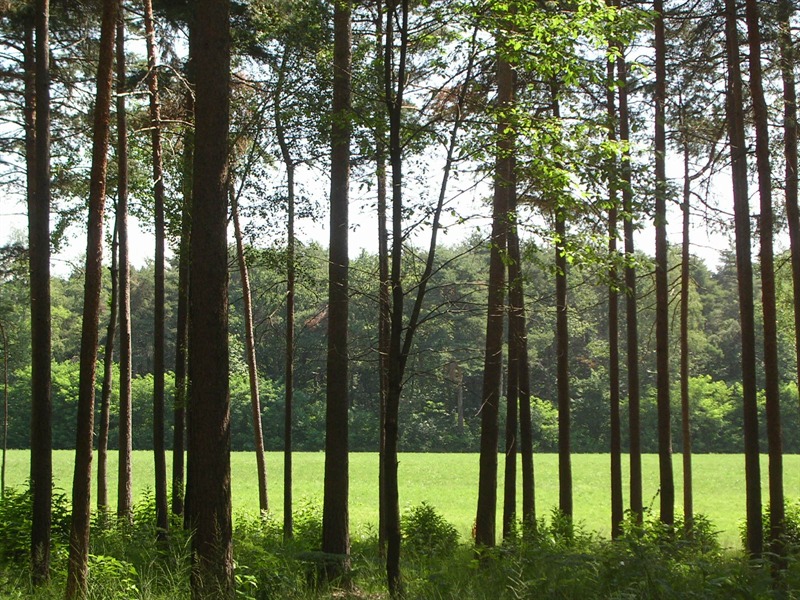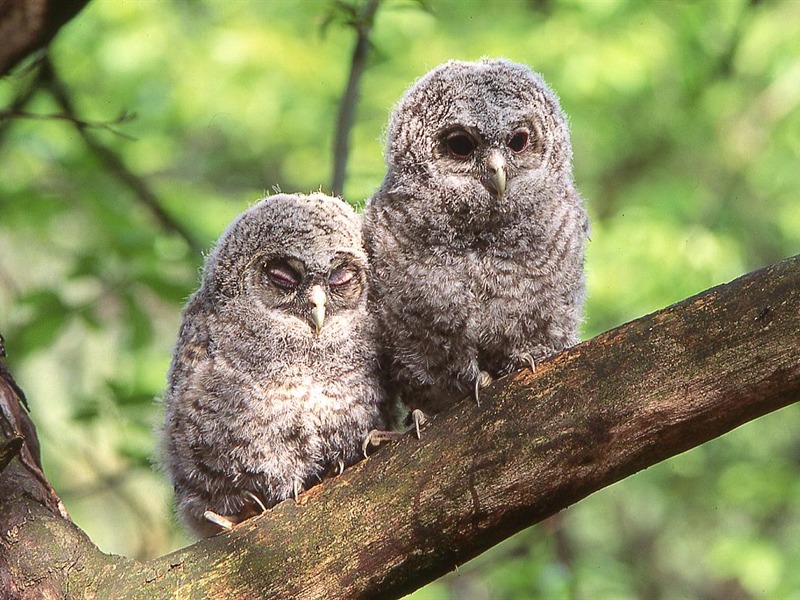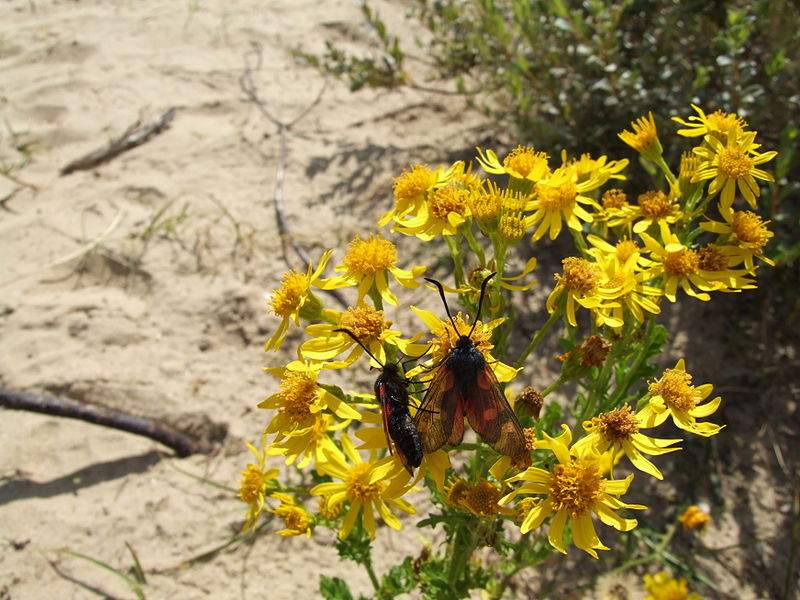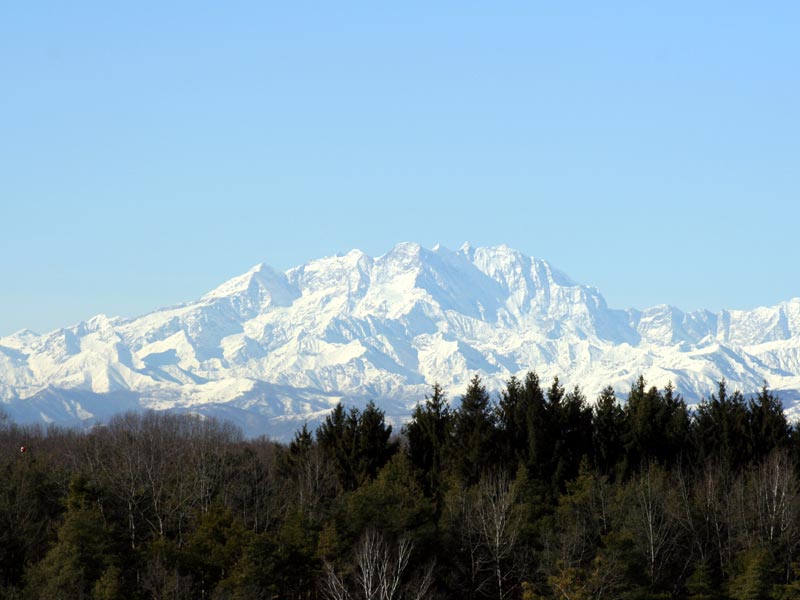Protected Area
Identity Card
- Pineta di Appiano Gentile e Tradate Regional Park:
- Land Surface Area: 4'860.00 ha
- Regions: Lombardia
- Provinces: Como, Varese
- Municipalities: Appiano Gentile, Beregazzo con Figliaro, Binago, Carbonate, Castelnuovo Bozzente, Limido Comasco, Locate Varesino, Lurago Marinone, Mozzate, Oltrona di San Mamette, Tradate, Vedano Olona, Venegono Inferiore, Venegono Superiore, Veniano
- Establishment Measures: LR 76 16/09/1983
- PA Official List: EUAP0200
- Park Authority: Ente Parco della Pineta di Appiano Gentile e Tradate
- Further managed Protected Areas:
- ZSC Pineta pedemontana di Appiano Gentile
- Parco Bosco del Rugareto
- Parco del Medio Olona
- Parco Rile Tenore Olona
- Parco Valle del Lanza
Altimetry: h min 235m asl - h max 435m asl
![]() The Statute of the Park Authority (PDF - 43 Kb)
The Statute of the Park Authority (PDF - 43 Kb)
Pineta di Appiano Gentile e Tradate Park
The main environmental feature of Pineta di Appiano Gentile e Tradate Park is the presence of non-stop and large woodlands, standing out in the
larger upper-plain strip, where most of the territory has been subject
to drastic changes because of the human presence.
The proximity of
big towns and of the conurbation of Gallarate, Busto Arsizio, and
Legnano, the presence of an articulated road network (the area of the
Park is served by two highways linking Milan to Varese and Como), and
the proximity of railway lines make this green area one of the most
exploited.
From a morphological point of view, the Park can be
defined as a plain formed by morainic deposits originating from the
different glaciations and is characterized by two main aspects: an area
strongly characterized by small valleys with a north-south pattern in
the southern and western sections and an area with a gentler altimetric
pattern in the northern and eastern sections. The woodland covers about
the 85% of the Park territory, while agricultural areas cover the 10%
of the whole protected area.
The vegetation mainly consists of the
moorland characterizing Lombardy, which is dominated by Scotch Pine
forming pure or mixed woods and, in the latter, growing together with
Ash tree, Chestnut tree, Black Locust tree, Hornbeam, Birch, Elm,
Maple, above all on the most ancient moraines made of clayey soil rich
in iron oxide and hydroxide.
The historical events and the high
degree of fragmentation of the estate led to the formation of woodlands
characterized by irregular features. The planting of exotic arboreal
species and of arboreal species with a high-level production of timber
like the Black Locust tree, the White Pine, and the Red Oak influenced
the natural development of the woodlands.
The past hunting activity,
the urban pressure, the lack of permanent watering sources limit the
potentialities of the territory as far as the wildlife is concerned.
The Park avifauna consists of many different species: 96 species have
been recorded during the year, out of which 58 are nesting species. The
presence of 4 species of nesting diurnal birds of prey is rather
important (Northern Goshawk, Honey Buzzard, Sparrow Hawk, Buzzard,
Kestrel): they share the reproduction environment with other species of
great naturalistic interest for their current thinning out and their
interesting ecology, like the Nightjar, the Golden Oriole, and the
Crested Tit.
The Park Wildlife
Together with the human beings living in the plain, there are surprising forms of life forming the Park wildlife.
The most known are the Vertebrates, but we must not forget the multitudes of Insects and Microorganisms living in the soil of the woodland, the Bio-reducers. Such name defines the main dismounting and recycling activity of the organic substance led by this army of small consumers: their interesting job brings vital substances and energy into the cycle of the food chain.
The Park Flora
For a more thorough knowledge of the flora of the Park, it is necessary to distinguish between real and potential vegetation, that is the flora that would grow in an environment if there were no troubles caused by human actions and if the climate maintained constant.
Woodlands and Agriculture
Within Pineta Park there are large woodlands alternating with, and often surrounded by, strips of rural fields. This "leopard's spots" distribution is very important, since it creates contact areas between woodlands and fields, where the wildlife can find nourishment and shelter.



